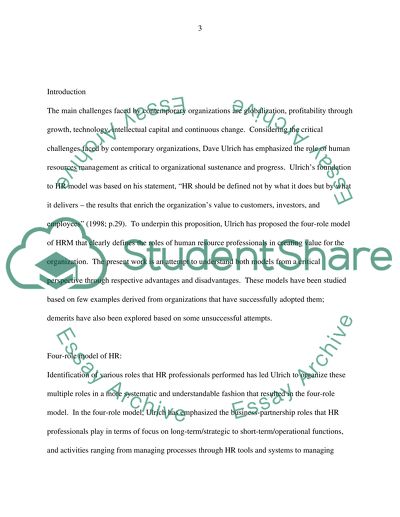Cite this document
(“HRM in Organisations Coursework Example | Topics and Well Written Essays - 3750 words”, n.d.)
Retrieved from https://studentshare.org/finance-accounting/1404857-hrm-in-organisations
Retrieved from https://studentshare.org/finance-accounting/1404857-hrm-in-organisations
(HRM in Organisations Coursework Example | Topics and Well Written Essays - 3750 Words)
https://studentshare.org/finance-accounting/1404857-hrm-in-organisations.
https://studentshare.org/finance-accounting/1404857-hrm-in-organisations.
“HRM in Organisations Coursework Example | Topics and Well Written Essays - 3750 Words”, n.d. https://studentshare.org/finance-accounting/1404857-hrm-in-organisations.


